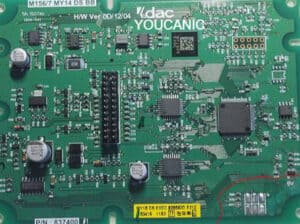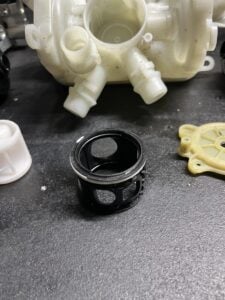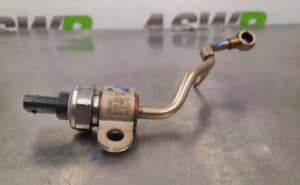Unlocking Car Secrets: Tony Stone Reveals How to Diagnose Your Car’s Issues Like a Pro!
Guest Post by Tony
There’s an old saying in the world of auto mechanics: “Cars, like people, will let you know when they’re not feeling well. You just have to listen.” This was especially true back when cars were all metal and muscle and no electronics. Today? Well, they still talk, but it’s more like a whisper in a digital dialect that needs an accurate interrogator and translator.
The Mysterious A’s and B’s of the Volvo S60 ABS
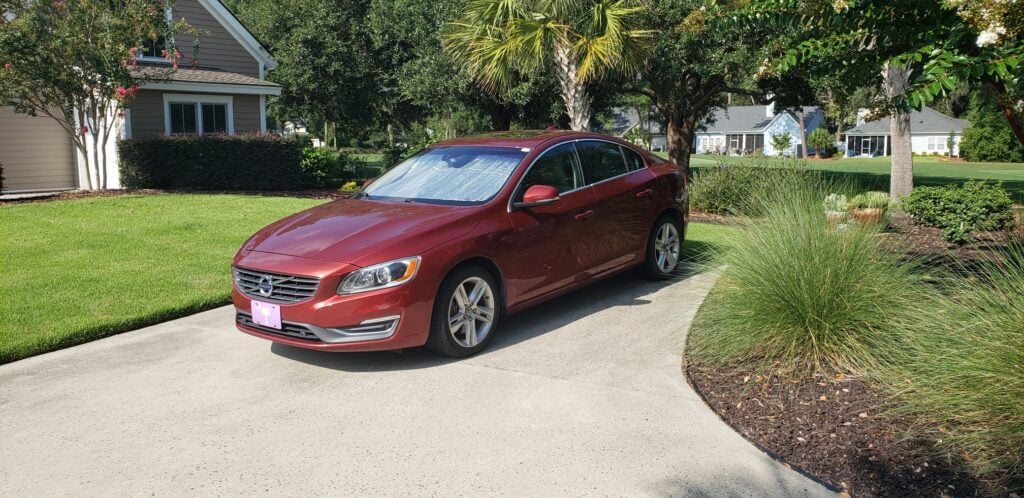
Let’s start with my 2014 Volvo S60. A dependable ride since the day I bought it used with 41,000 miles on the clock in 2018.” Out of the blue, as I’m cruising through my neighborhood on a wet day, I get a weird vibration from the front end like the brakes are gently but rapidly being tapped. The ABS warning light flashed, then on bright and steady. Immediately after that, the cascade of failures started. The cruise control disengaged, and the driver information display started a series of messages: The City Safety/Collision Warning was off line and the Traction Control System sympathetically joined it. It’s like the electronic brains of the braking safety system had gone on strike! I still had brakes, but none of the safety features were online. Was it the basic brake system or the safety subsystem? Faulty or wet wiring? A ECU glitch?
The old Tony would’ve started replacing the usual suspects – brake pads, maybe some wiring, even looking at the ABS module connectors. But that method is a money-draining gamble. And with no real clue and a limited budget for time and money, I had no intention of playing automotive roulette.
My Wife’s Mini Cooper: The Garage Drama Queen

Enter my wife’s 2014 Mini Cooper Coupe, she calls Abby. A John Cooper Works model with enough sass to make any car enthusiast grin. But, like all drama queens, it thrives on attention, or more precisely, sulks with a lack of it. Abby’s latest act of defiance? The engine began to idle as if it had chugged ten cups of coffee, and the cooling fan wouldn’t stop even after shutting down the motor and pulling the key. The battery drain was killing the cells. When on the road, the engine temp never got hot enough to warm a cup of tea, as if it perpetually sat outside in a North Dakota winter.
From my muscle car memories, I compared Abby’s symptoms to the ”sick” cars of my youth—except for the high idle and continuous fan. She acts like there’s an open thermostat. However, the high idle and continuous fan seemed to indicate an overheating condition. Confusing!!!
An internet search pointed to several possibilities, mainly sensors, but no single likely solution. Complicating things, is the Mini cars have a lot of variation in engine bay layout depending on engine displacement and accessories. It’s all a tight fit, too! I had to take a peek, but in popping the hood, I was met with a maze of hoses, water pipes, wiring harnesses, and turbocharger plumbing. The culprit could’ve been any sensor seen (and unseen) or a combination of them. Without fault codes, I was trying to diagnose an illness with persistent but conflicting symptoms. Pure guesswork at this point.
Cracking the Codes with YOUCANIC Scanner
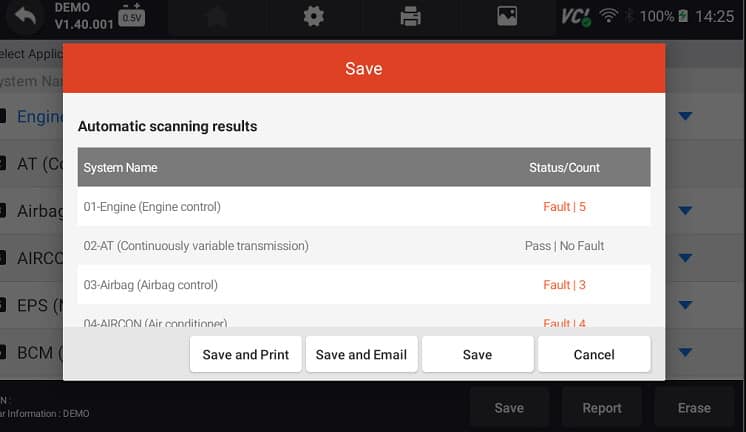
That’s where the YOUCANIC UCAN-II scanner became a game-changer. It’s an all-in-one interrogator and a translator for car talk. Plugging it into the OBD-II port, the mystery of the Volvo was solved in short order: a specific The ABS wheel speed sensor had thrown a failure code. It wasn’t just “somewhere in the brake system.” It was a particular sensor: the right front, to be exact. Twenty-two dollars and 30 minutes later, the issue was fixed. A precise diagnosis saved me both time and money, avoiding a trip to the brake repair shop.

The diagnosis for crabby Abby? UCAN-II presented two distinct fault codes related to the coolant system, which led me straight to two concealed coolant sensors; not the easy ones, but the one on the multi-branch hose block and the other on the thermostat housing on the backside of the motor. Thankfully, neither needed replacing, just cleaning the electrical connectors and a firm reconnect. Without the scanner, I might have embarked on a wild goose chase, removing and replacing parts left and right.
Muttering about Modern Auto Electronics
Cars today are a blend of mechanical art and digital wizardry. Because of that wizardry offers unmatched precision to diagnose problems. However, the cryptic messages from the driver information system, the myriad of sensors and sub-systems can make repairs feel like a shot in the dark. With tools like the YOUCANIC scanner in your garage, you’re listening In the car’s systems conversations. You’re no longer shooting in the dark but sniping with precision.
In the final analysis, it’s about evolving with the times. It’s about “logging into” your car, tapping the diagnostic systems, understanding the reports, and remedying the faults. This will ensure that these machines are running at optimum performance and keeping us safe on the home streets, at the track, or on the open road.



